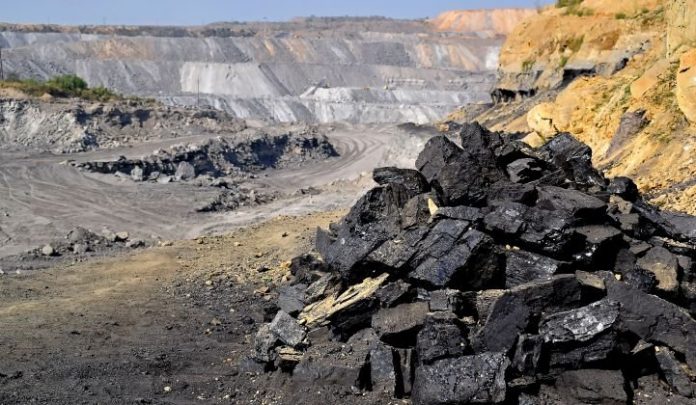The objective is to implement new technologies and build digital infrastructure to support current and future ramp-up for the mines
To support current and future coal mines operations, the Government plans to implement new technologies and build digital infrastructure, a move that would reduce the country’s dependency on imports. Advancements of technologies in coal mining are also making operations more productive.
“The objective is to implement new technologies and build digital infrastructure to support current and future ramp-up for the mines”, according to the government’s draft technology road map for the coal sector. This involves a strong, multi-speed backbone information technology and infrastructure system that allows rapid deployment of new technologies.
“Creation of such system would require access to new-age ecosystems (e.g., start-ups, established vendors, research institutes, etc.). The technological transformation will also entail the creation of a new culture in the organisation”, it said. It is critical for Coal India Ltd (CIL) to reach the one billion tonnes (BT) target to reduce the dependency on imports, thereby embarking on a technological transformation journey, it said.
Including safety and productivity, environmental protection, and opportunities for women, new technologies can have a number of impacts on mining operations. By integrating technologies into mining projects, safer working conditions through improved underground communication, automation, more sophisticated mineral and metal transportation, and emergency response measures are achieved, it said.
A new way of thinking will be inculcated in the entire organisation. With an established centre of excellence, technology transformation team will be set in place to drive impact and sustain the programme. To ensure timely resolution and delivery, a robust tracking and change management mechanism will be deployed.
“The scope of this road map (is)…technology enablement in coal mines for transformation across business value chain, leveraging ‘digital technology’ as an accelerator for demonstrating performance enhancement from in the coal mines and increasing productivity, safety and sustainability while…reducing environmental impact by upgrading conventional technologies to new technologies”, according to the draft road map.
India had a total coal reserve of 344.02 billion tonnes. In the past four decades, commercial primary energy consumption in India has seen a rise of 700 per cent. Major factors for the increase in demand for energy are expanding economy, rising population and the improvement of quality of life. The limited potentiality of other energy sources will lead to the continuation of coal as the primary resource in India’s energy scenario for the next few decades.
However, the country has to import coal of higher quality due to the high demand and poor average quality, mainly to meet the requirements of its steel plants, cement plants and sponge iron plants, among others.
Also read: CIO News interviews Shri Wangki Lowang, Minister (IT) of Arunachal Pradesh
Do Follow: CIO News LinkedIn Account | CIO News Facebook | CIO News Youtube | CIO News Twitter
About us:
CIO News, a proprietary of Mercadeo, produces award-winning content and resources for IT leaders across any industry through print articles and recorded video interviews on topics in the technology sector such as Digital Transformation, Artificial Intelligence (AI), Machine Learning (ML), Cloud, Robotics, Cyber-security, Data, Analytics, SOC, SASE, among other technology topics






